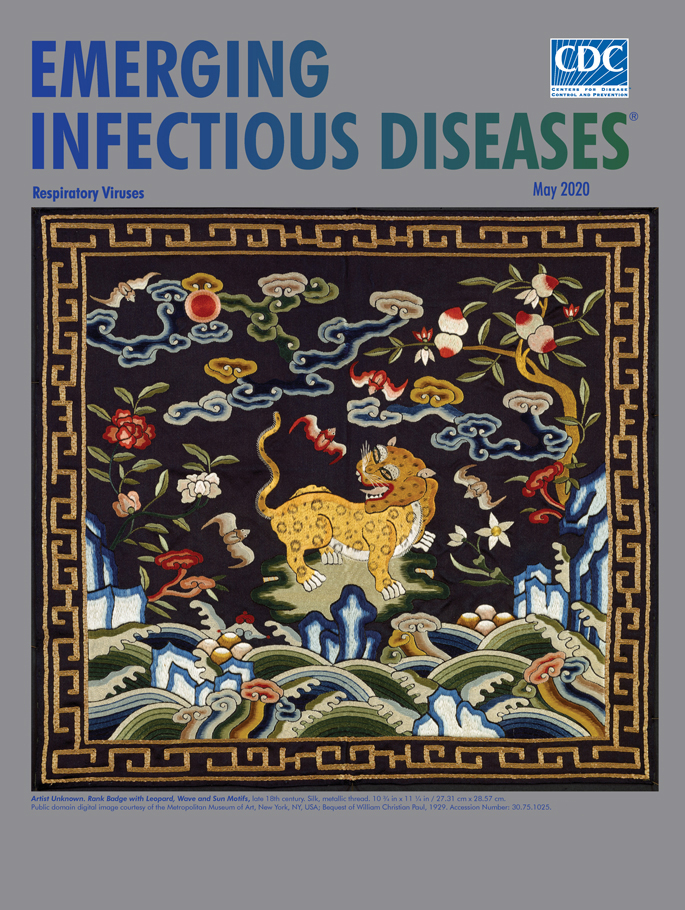The birds and animals featured on the various rank badges (excepting, among others, dragons, unicorns, and qilin) may also serve as zoonotic reservoirs capable of transmitting viral pathogens that can cause respiratory infections in humans. For example, some of the birds that signify ranks among civic officials can transmit highly pathogenic avian influenza viruses. Bats, a mainstay on many badges because of their association with good fortune, are reservoirs for Hendra and Nipah viruses and for the severe acute respiratory syndrome (SARS) coronavirus. Coronaviruses are also found in many different species of animals besides bats, including swine, camels, and cattle.

